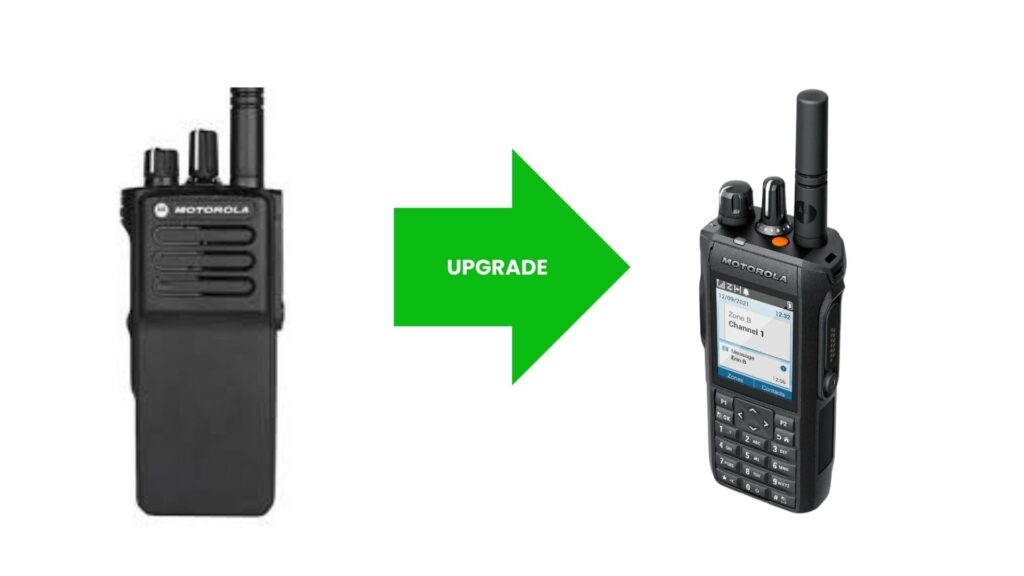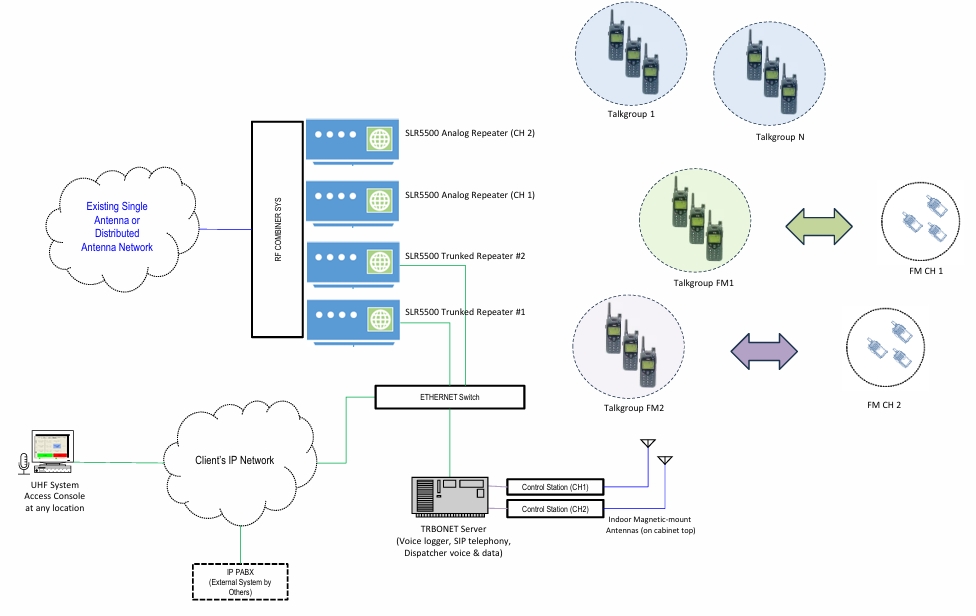Case Study: Transitioning from an Analog to Digital UHF System on an FPSO
Introduction
One significant upgrade for FPSO vessels is moving from an analog to digital UHF radio system. As FPSOs evolve to meet modern industry demands, communication systems on board must also transition to more reliable and efficient technologies.
This case study details the process and advantages of upgrading an analog UHF communication system to a digital one on an FPSO.
Background
The FPSO in focus, located offshore in Southeast Asia, was equipped with an aging analog UHF system used for critical communication between crew members, control rooms, and operational teams on deck. The increasing communication demand, interference challenges, and lack of scalability prompted the decision to upgrade to a digital UHF system, ensuring higher reliability, efficiency, and better overall performance.

Challenges with the Analog UHF Radio System
Limited Coverage: The analog system struggled to provide consistent coverage across the entire vessel, leading to communication dead zones.
Interference: The presence of equipment generating electromagnetic noise interfered with analog signals, causing frequent disruptions.
Lack of Scalability: The analog system couldn’t easily accommodate the growing number of devices and users.
Low Signal Clarity: Audio quality was often distorted, particularly over longer distances or in noisy environments.
Objectives of the Upgrade
Improved Communication Clarity: Ensuring crystal-clear audio even in high-noise environments.
Enhanced Coverage: Eliminate communication dead zones on the FPSO.
Scalability: Support more devices and users without signal degradation.
Future-proofing: A system capable of integrating with modern technologies like GPS, SMS messaging, and data transmission.
The Transition Process
Pre-assessment and Planning
- Site Survey: The first step was a comprehensive survey of the FPSO’s communication needs and challenges. This included mapping out coverage gaps, identifying interference sources, and determining key areas requiring strong communication.
- Compatibility Check: Engineers needed to ensure that the digital UHF system could work with existing infrastructure, including control rooms, antennas, and handsets, while minimizing downtime during the upgrade
System Design
- Digital Repeater Stations: Strategically installed across the FPSO to boost signal strength and eliminate dead zones.
- Noise-cancelling Handsets: For clearer communication even in noisy engine rooms or near heavy machinery.
- Integrated GPS and Data Capabilities: Allowing crew tracking and digital messaging across the system.
Installation and Testing
- Phased Installation: The installation was carried out in phases to prevent communication blackouts. First, the digital infrastructure was installed parallel to the analog system, followed by the gradual migration of users.
- Testing: Once the system was fully installed, it was rigorously tested for coverage, signal clarity, and interference issues. The tests confirmed improved communication across the entire FPSO, including previously problematic zones.

Results
Improved Signal Clarity: The digital UHF system provided crystal-clear audio, even in the noisiest environments, significantly reducing the chance of miscommunication.
Extended Coverage: Communication dead zones were eliminated, ensuring reliable communication throughout the FPSO.
Enhanced Security and Features: The digital system offered encrypted communication, improving security and preventing eavesdropping. It also supported new features like GPS tracking, ensuring better safety for crew members.
Scalability and Flexibility: The new system allowed for more devices to connect without compromising performance, positioning the FPSO for future expansions.
Conclusion
The transition from an analog to digital UHF radio system on FPSOs offers immense benefits, from improved reliability to scalability and integration with modern safety features. This case study demonstrates how strategic planning, careful system design, and phased installation can ensure a smooth and effective transition, ultimately enhancing the operational efficiency and safety of the FPSO.
